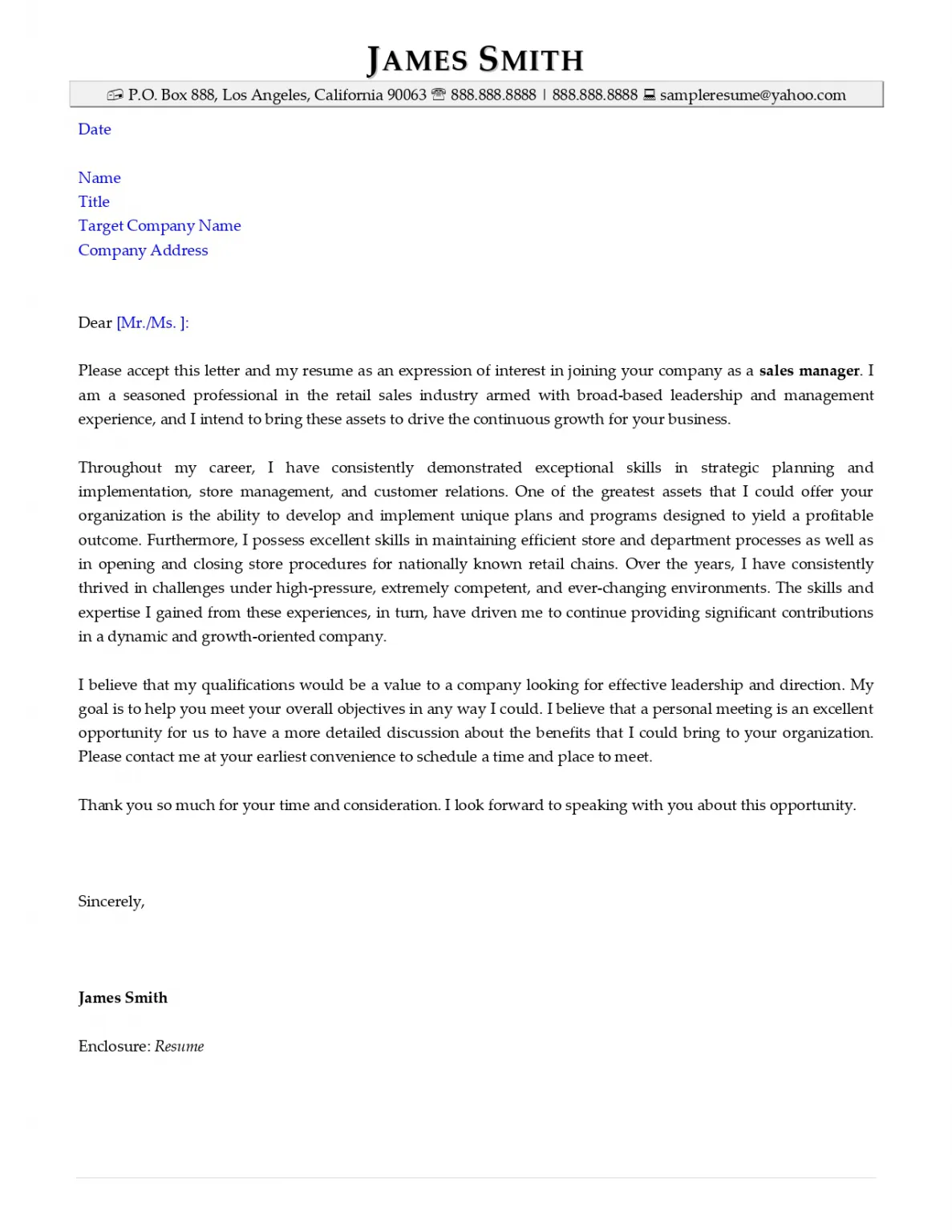In the competitive job market, a well-crafted resume and cover letter are your most potent tools for making a positive first impression. These documents serve as your professional introduction, showcasing your skills, experience, and aspirations to potential employers. This comprehensive guide, ‘Resume & Cover Letter 101 How to Write Perfect Docs,’ will equip you with the knowledge and strategies to create compelling documents that capture attention and secure interviews. By mastering the art of resume and cover letter writing, you can significantly increase your chances of landing your dream job.
Crafting a Winning Resume
A resume is a concise summary of your professional qualifications, designed to highlight your relevant skills and experiences. It’s the first thing a hiring manager sees, so it must be clear, well-organized, and tailored to the specific job you’re applying for. A strong resume immediately grabs attention and encourages the reader to learn more about you. Your resume isn’t just a list of your past jobs; it’s a strategic marketing document that sells your unique value proposition.
Essential Resume Sections
The structure of your resume is crucial. It needs to be easy to read and navigate, allowing recruiters to quickly find the information they need. While the specific order may vary based on your experience, the following sections are generally considered essential for a successful resume. Each section plays a key role in showcasing your capabilities and making you a strong candidate. Properly formatted sections will keep the reader engaged.
Contact Information
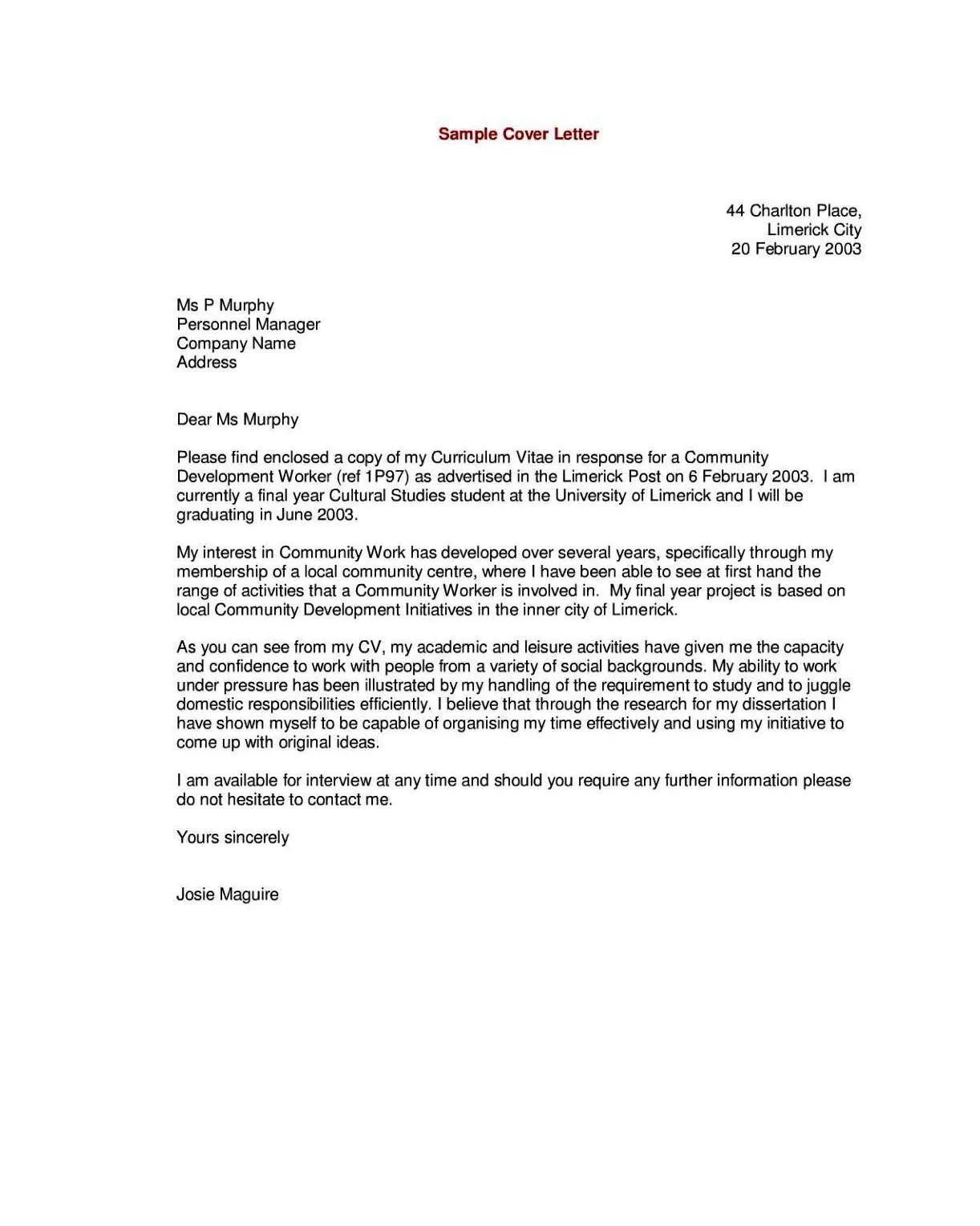
At the very top of your resume, clearly display your contact information. This should include your full name, phone number, professional email address, and optionally, your LinkedIn profile URL and location (city, state). Ensure your email address sounds professional (e.g., jane.doe@email.com). Double-check all contact details for accuracy; a single typo can mean missing out on a job opportunity. Keep this section brief, clean, and easy to find so recruiters can quickly reach you.
Summary or Objective
Include a brief summary or objective statement. A summary is for experienced professionals and provides a snapshot of your career accomplishments and key skills. An objective is more suitable for entry-level candidates, stating your career goals and what you hope to achieve in the role. Keep this section concise (3-4 sentences) and tailor it to the specific job posting, emphasizing what you bring to the table. This section offers the reader an overview of your professional goals.
Work Experience
This is often the most important section. List your work experience in reverse chronological order (most recent first). For each role, include your job title, company name, dates of employment, and location. Use bullet points to describe your responsibilities and achievements, focusing on quantifiable results whenever possible (e.g., ‘Increased sales by 15%’). Tailor this section to highlight the skills and experiences that align with the job description. Quantifiable results help demonstrate the impact of your work.
Education
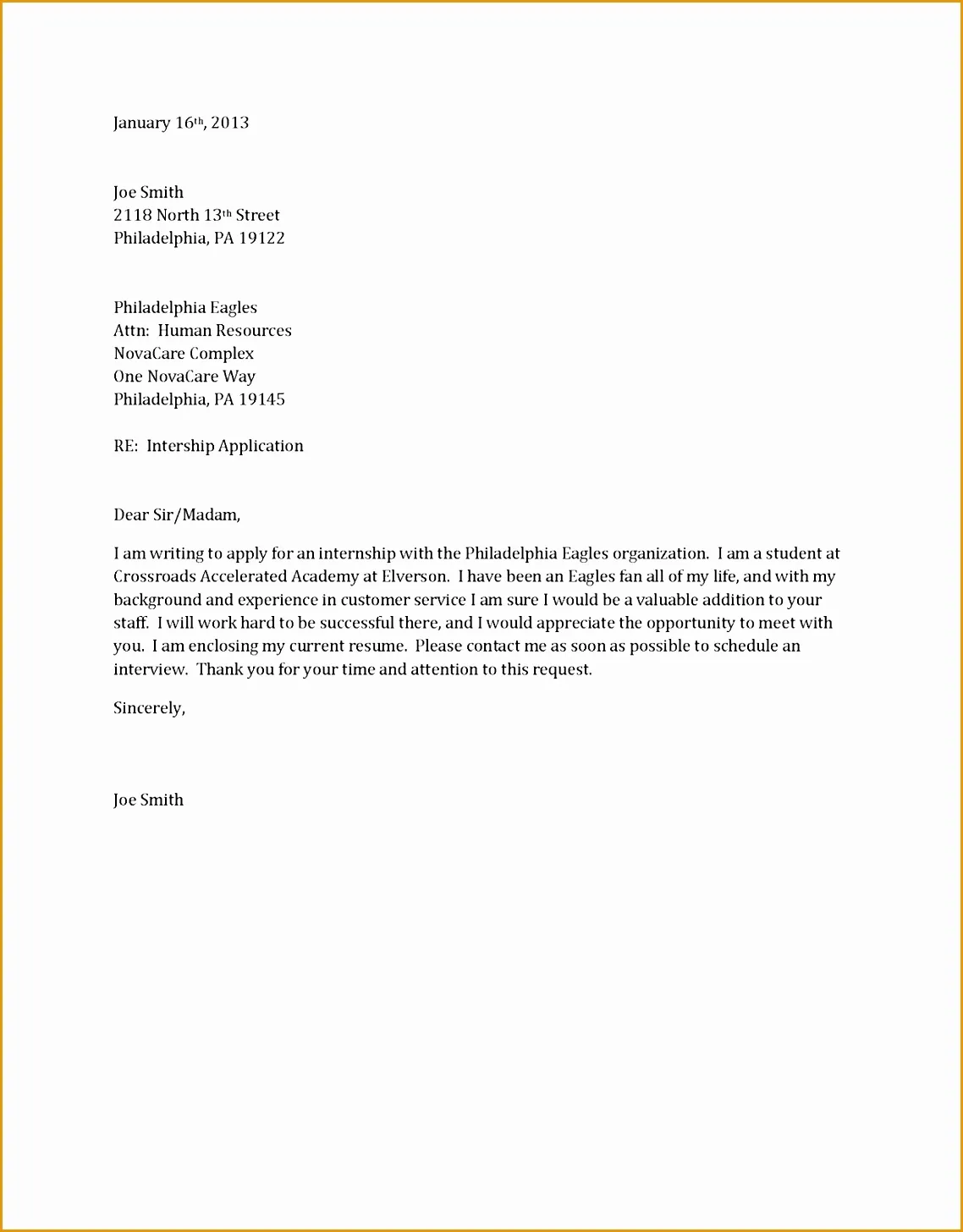
Include your educational background. List your degrees, universities attended, and graduation dates. If you have limited work experience, you can include relevant coursework, GPA (if high), and honors. If you have extensive work experience, this section can be shorter. Education is a key factor to a hiring manager that can determine if you are a good fit for the role. Keep in mind that you may also want to include relevant certifications if any.
Skills Section
Create a dedicated skills section to showcase your abilities. Separate skills into categories (e.g., technical skills, software proficiency, communication skills, language proficiency). Use keywords from the job description to ensure your resume aligns with the employer’s requirements. Be honest about your skill level. Be sure to include both hard and soft skills. Including relevant skills is critical for getting noticed by applicant tracking systems (ATS).
Formatting & Design Tips
The visual presentation of your resume is just as important as its content. A well-designed resume is easy to read and visually appealing. Clear formatting and design choices can significantly improve readability and make your resume stand out. A clean layout helps to focus on your skills and experience.
Choosing the Right Format
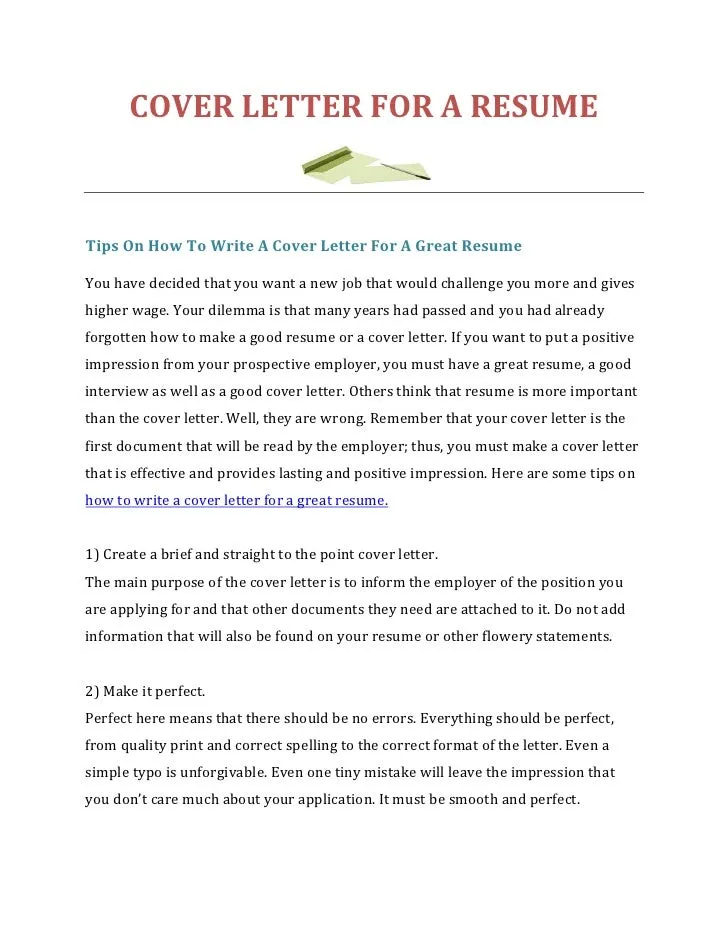
Choose a resume format that best suits your experience and the job you are applying for. The most common formats are chronological (emphasizes work history), functional (focuses on skills), and combination (blends both). A chronological resume is the most widely accepted format. Tailor your format choice to best highlight your strengths. It is important that your resume is easy to read.
Font and Readability
Select a professional and readable font (e.g., Arial, Calibri, Times New Roman) in a size between 10 and 12 points. Use consistent formatting throughout the document. Use bolding, italics, and underlining sparingly to highlight key information. Ensure there is enough white space to avoid a cluttered appearance. A clean, uncluttered design enhances readability.
Proofreading & Editing
Proofread your resume meticulously for any grammatical errors, spelling mistakes, and typos. Errors can damage your credibility. Have a friend or family member review it as well. A fresh pair of eyes can often catch mistakes you missed. Always double-check your contact information. Ensure consistency in formatting throughout the document. Polished documents make a strong impression on potential employers.
Writing a Compelling Cover Letter
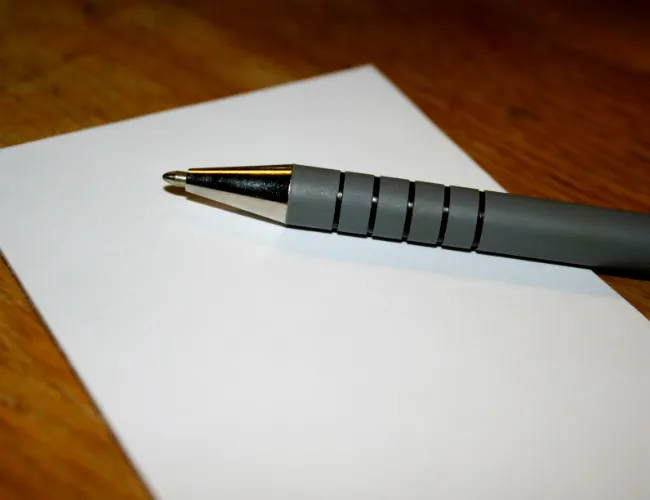
A cover letter is your opportunity to introduce yourself to a potential employer, express your interest in a specific position, and highlight why you are a good fit for the role. It provides a space to elaborate on your skills and experiences in a more personalized and narrative way than your resume. A strong cover letter can significantly increase your chances of getting an interview. A great cover letter will set you apart from the competition.
Understanding the Purpose
The primary purpose of a cover letter is to persuade the hiring manager to read your resume and consider you for an interview. It should demonstrate your genuine interest in the company and the specific role. A well-written cover letter explains why you are interested in the company and what you can bring to the team. It also allows you to highlight your personality and writing skills. A clear understanding of the role will greatly assist you.
Key Components of a Cover Letter
A standard cover letter typically includes a header, salutation, introduction, body paragraphs, and a call to action. Each section plays a specific role in conveying your qualifications and enthusiasm. Following a logical structure will help you write a clear and persuasive cover letter. A well-structured cover letter is easy to follow.
Header & Salutation
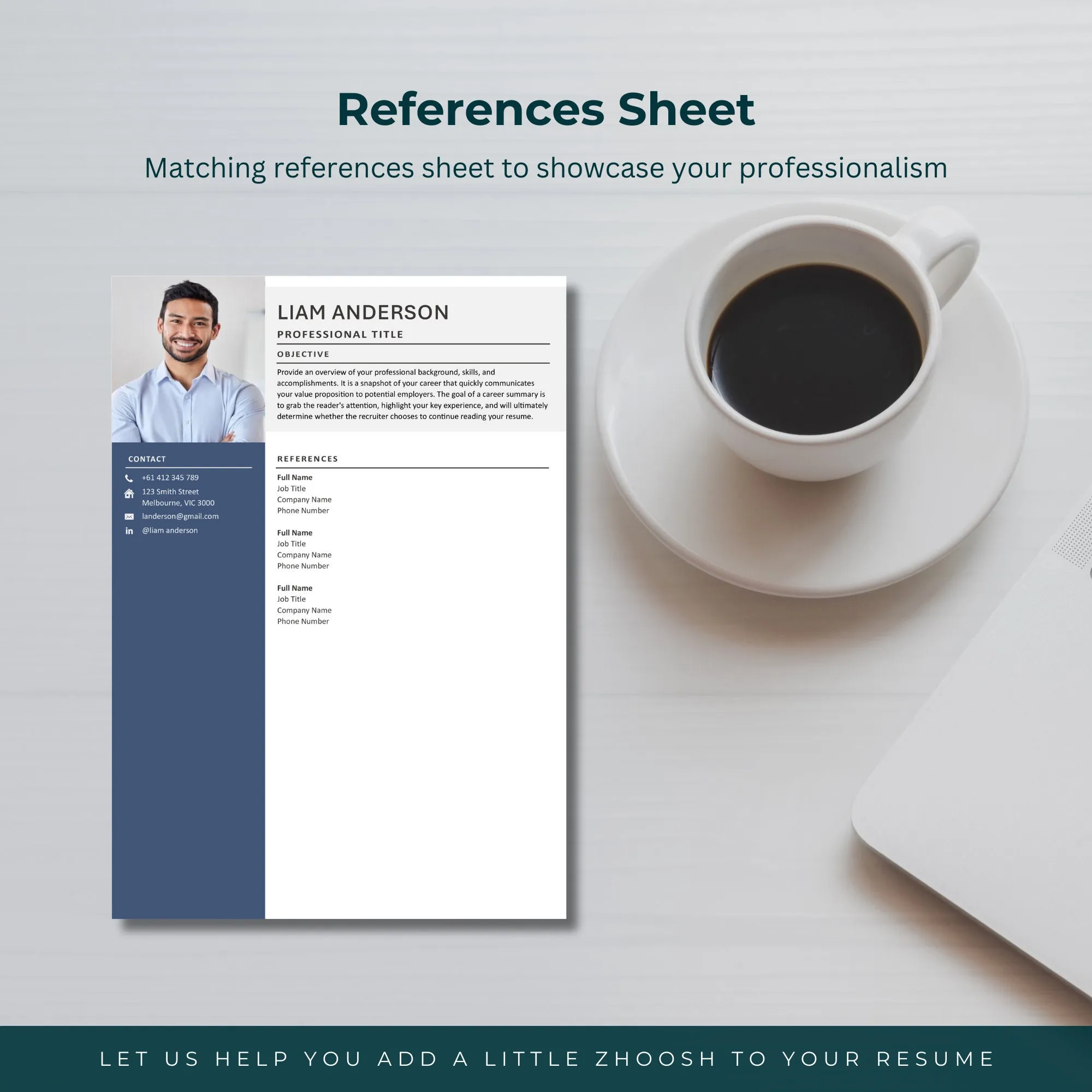
Start with a professional header that includes your contact information and the date. Address the letter to the hiring manager by name if possible (research the name on LinkedIn or the company website). If you can’t find a name, use a general salutation like ‘Dear Hiring Manager.’ A personalized salutation shows initiative. Always double-check the spelling of the name.
Introduction
In the introduction, state the position you are applying for and how you learned about it. Briefly express your enthusiasm for the role and the company. This section sets the tone for the rest of the letter. A strong introduction immediately grabs the reader’s attention.
Body Paragraphs
The body paragraphs are the core of your cover letter. Use these to highlight your relevant skills, experiences, and accomplishments. Provide specific examples that demonstrate your abilities and show how you can contribute to the company’s success. Tailor your examples to the job description. Avoid simply restating your resume; provide additional context and insights. Use keywords from the job description. Always quantify your achievements.
Call to Action & Closing
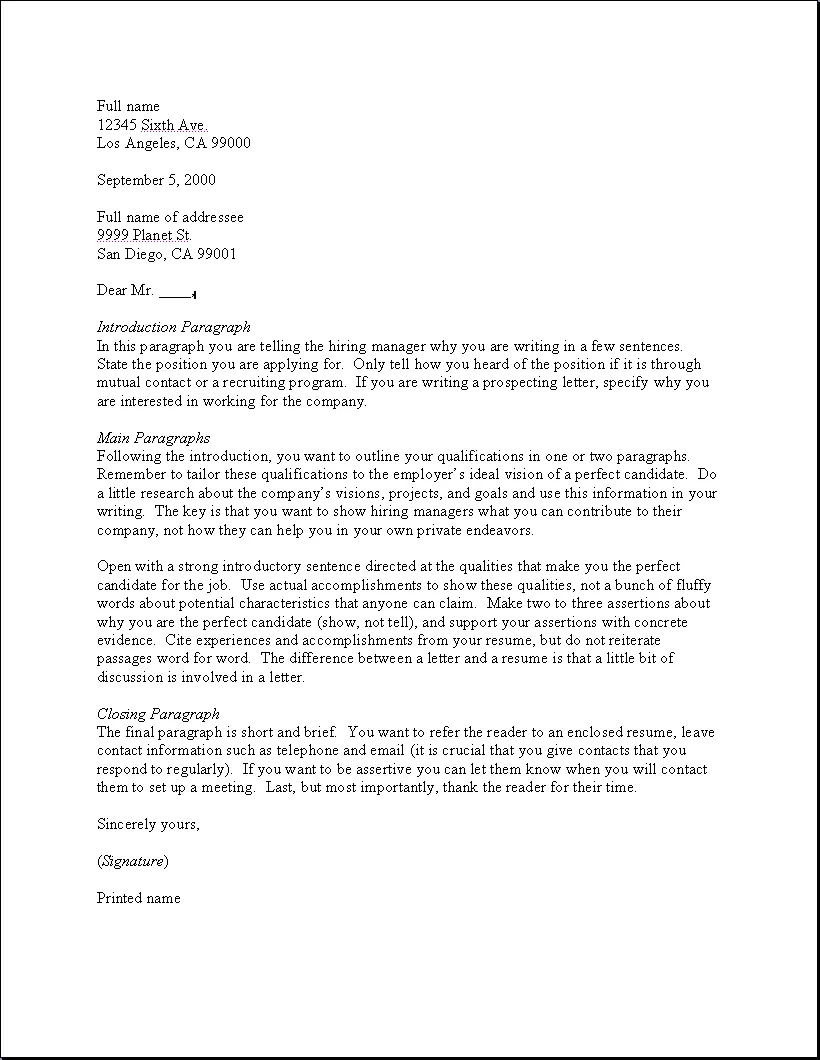
In the closing paragraph, reiterate your interest in the position and thank the hiring manager for their time and consideration. Include a call to action, such as expressing your availability for an interview. End with a professional closing, such as ‘Sincerely’ or ‘Best regards,’ followed by your typed name. A strong closing reinforces your enthusiasm.
Tailoring for the Job
Each cover letter should be tailored to the specific job and company. Generic cover letters are easily identified and often discarded. Invest time in researching the company and understanding the job requirements. Customize your letter to address the specific needs of the role. Tailoring helps you stand out from other candidates.
Matching Skills & Experience
Carefully review the job description and identify the key skills and experiences the employer is seeking. In your cover letter, highlight the skills and experiences that align with those requirements. Use the same keywords from the job description to demonstrate your understanding of the role. Demonstrate how your qualifications meet the job’s needs.
Highlighting Achievements
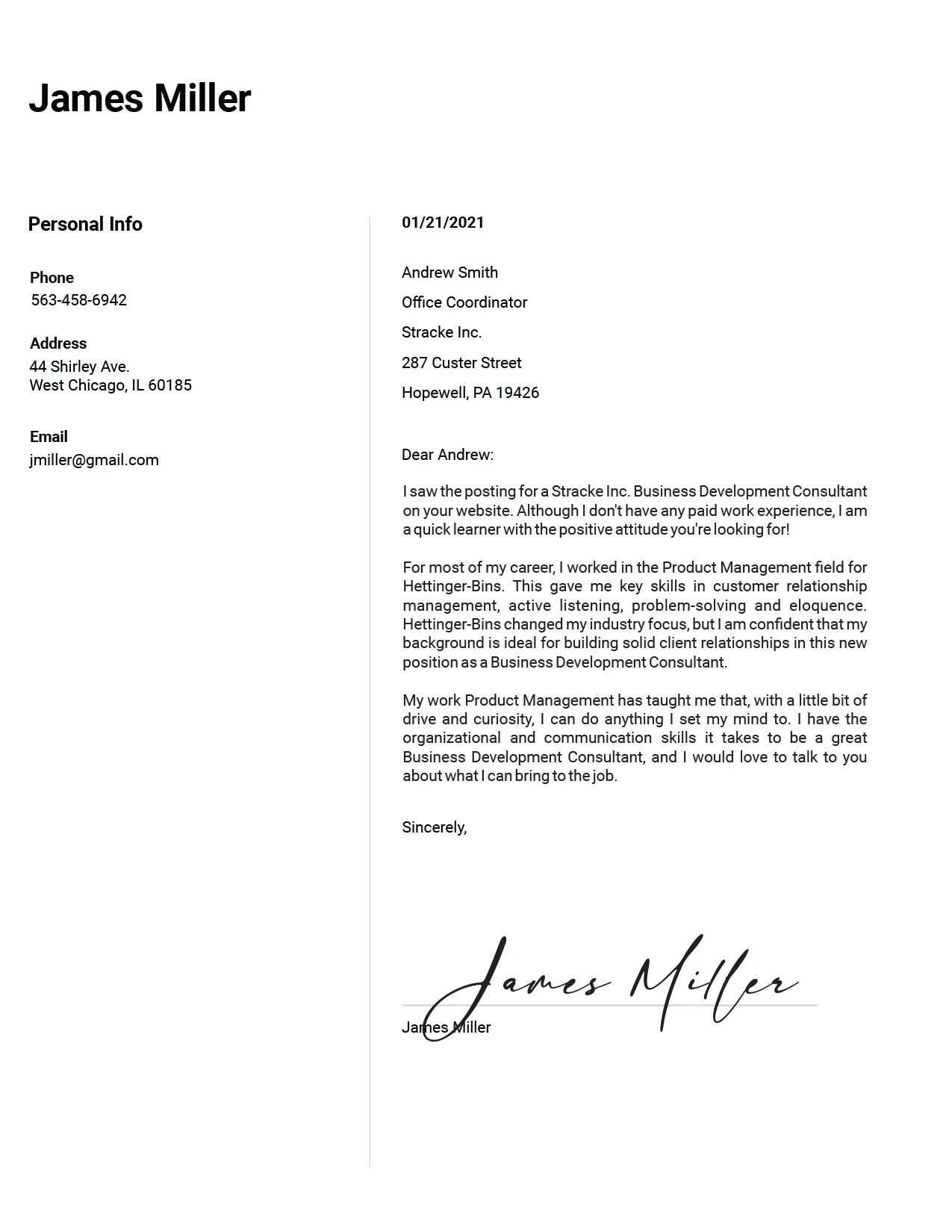
Instead of simply listing your responsibilities, showcase your achievements. Use the STAR method (Situation, Task, Action, Result) to provide specific examples of your accomplishments. Quantify your achievements whenever possible (e.g., ‘Increased sales by 20%’). Focus on the impact of your contributions. Highlighting your achievements can greatly impress a hiring manager.
Common Mistakes to Avoid
Certain mistakes can significantly reduce your chances of getting an interview. Avoid these common pitfalls to ensure your resume and cover letter are effective. Pay attention to these common errors and avoid them in your own documents.
In conclusion, mastering the art of resume and cover letter writing is essential for a successful job search. By following these guidelines, you can create compelling documents that showcase your skills, experience, and enthusiasm. Remember to tailor each document to the specific job, proofread meticulously, and always put your best foot forward. A great resume and cover letter can open doors to exciting career opportunities. Best of luck in your job search!
